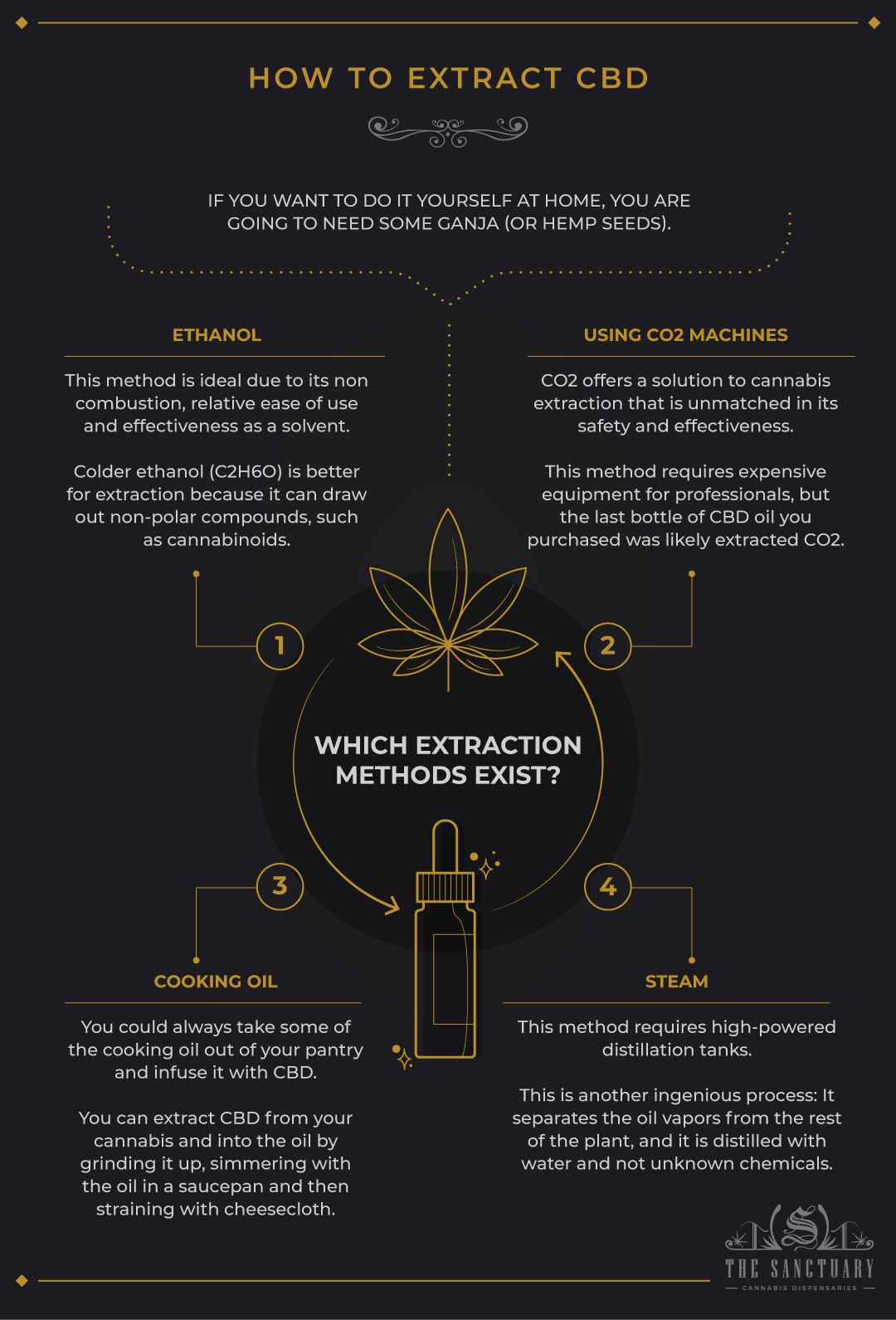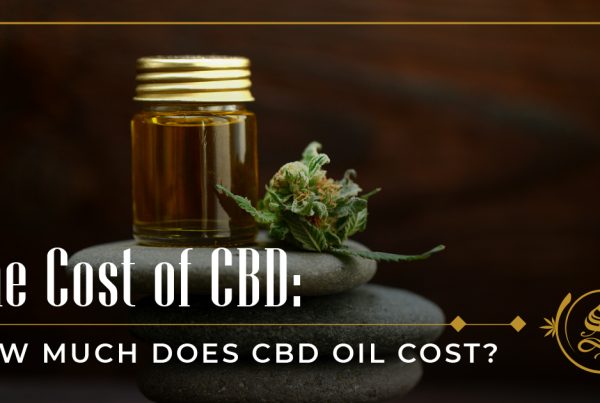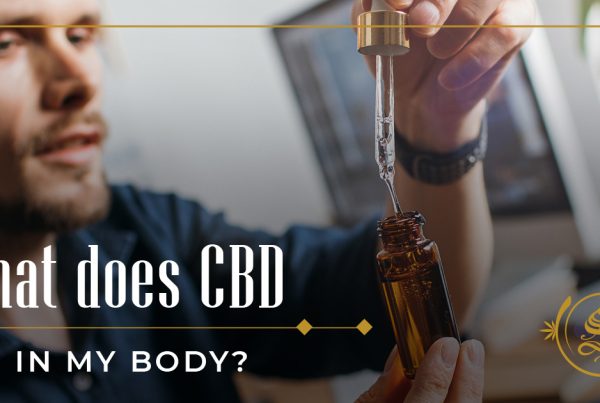To get the most out of your strain of weed without the ‘high’ or any inebriating effects, look no further than CBD. A breakthrough in natural medicine, CBD has been found to improve chronic pain, anxiety, muscle spasms and even epilepsy.
Since this discovery, it has been prescribed by doctors across the world and is typically sold to the general public in the form of CBD oil, which is the pure extraction of the good stuff.
So say you wanted to do this at home, would that even be possible? The answer: Absolutely! CBD can be extracted in a number of ways without the need of an industrial machine (although that is an option, as well).
Where is CBD found?
One of the most common ingredients of the cannabis plant, cannabidiol aka CBD is found in the outermost regions of the cannabis plant like the leaves and flowers, and not the roots or seeds. While products like full spectrum hemp oil contain CBD, you will not actually find it within the hemp seeds themselves.
You will however, find that CBD is so powerful that a strain containing at least 5% is considered a high-CBD strain, unlike 20% or more percent THC for a strain to be considered high-THC. This is why you (typically) do not need a lot of cannabis to make a standard supply of CBD oil.
What does it Do?
As mentioned, CBD is a turning point in modern medicine for being completely natural with numerous health benefits and minimal side effects, rivaling even the most common opiates in terms of pain management.
In addition to battling chronic pain, CBD is one of the leading treatments for anxiety and rumored to be a potential treatment for certain cancer symptoms as well as high blood pressure.
How to Extract CBD

It is worth noting that CBD is extracted directly from the cannabis plant. Ergo, if you want to do it yourself at home, you are going to need some ganja (or hemp seeds). From there, you have the option to use a high proof alcohol, separating your CBD into a cooking oil, or just serving it straight up by using steam.
Ethanol
Right now, you are probably thinking, “Ethanol? That’s moonshine! Am I just going to get drunk instead of high?” Not at all! This is a popular method of extracting CBD and the results speak for themselves: Quality CBD oil that is completely safe and without any of the infamous side effects.
Classified “Regarded as Safe” from the FDA, the ethanol extraction method is ideal for this type of operation due to its non combustion, relative ease of use and effectiveness as a solvent. The science behind this can get complicated, but essentially, colder ethanol (C2H6O) is better for extraction because it can draw out non-polar compounds, such as cannabinoids, easier than if it was boiling.
This is exactly why ethanol is among the safest CBD extraction methods as there is literally no chance of a combustion this way.
Using CO2 Machines
Stepping into more technical extraction methods, CO2 offers a solution to cannabis extraction that is unmatched in its safety and effectiveness at obtaining pure CBD. To reach this pinnacle of extraction, pressurized CO2 is needed so that its supercritical state, the purgatory between gas and liquid, acts as a fast-acting magnet for cannabis compounds before being separated.
Unfortunately, this method often requires expensive equipment often reserved for the professionals, but the last bottle of CBD oil you purchased was likely extracted CO2, giving you nothing but the safest and most fresh CBD products on the market.
Cooking Oil
Getting back to the basics, you could always take some of the cooking oil out of your pantry and infuse it with CBD. The best part is that because this oil is meant to be eaten, you can ensure that you are only consuming what you want with no additives you don’t want.
In short, you can extract CBD from your cannabis and into the oil by grinding it up, simmering with the oil in a saucepan and then straining with cheesecloth. Just keeping it at a low simmer like a fine sauce will reward you with a simple infused oil for a wide variety of uses and recipes.
Steam
Lastly, instead of burning your cannabis flower, you are actually going to steam it to extract the CBD, but doing so requires high-powered distillation tanks that the average person probably does not have.
Nevertheless, this is another ingenious process as it achieves everything you want in extracting CBD: separating the oil vapors from the rest of the plant and distilling it with water and not unknown chemicals. It is a very clean way of getting CBD but it is often hindered by being expensive, complicated and requiring a sizable amount of cannabis per extraction.
Why extract CBD?
There are a number of reasons why you should look into either CBD oil, extracting or making your own CBD solution at home. These can vary from the obvious medicinal benefits, to having said benefits without worrying about THC. However, this is only a cause of concern if your strain has a noticeable THC count, and if so, there is the risk of it being detectable in your system.
how to extract cbdTHC can take days or weeks to be fully out of your system, so it is best to have the active ingredients you want without worrying about an upcoming drug test. Even better: If you do not have to worry about a drug test, whatever THC you extract from getting your CBD can be used to infuse your regular strains. That would take some more work in the kitchen, but it is worth it.
How can I get the best results?
If you want the best possible outcome for extracting your own CBD and tincture, or are just new to it and have questions, always talk with either someone at your dispensary or someone who knows the ins and outs of cannabis extraction.
As always, you should also do your research with your at-home extraction method of choice and make sure you are following all the steps correctly.






